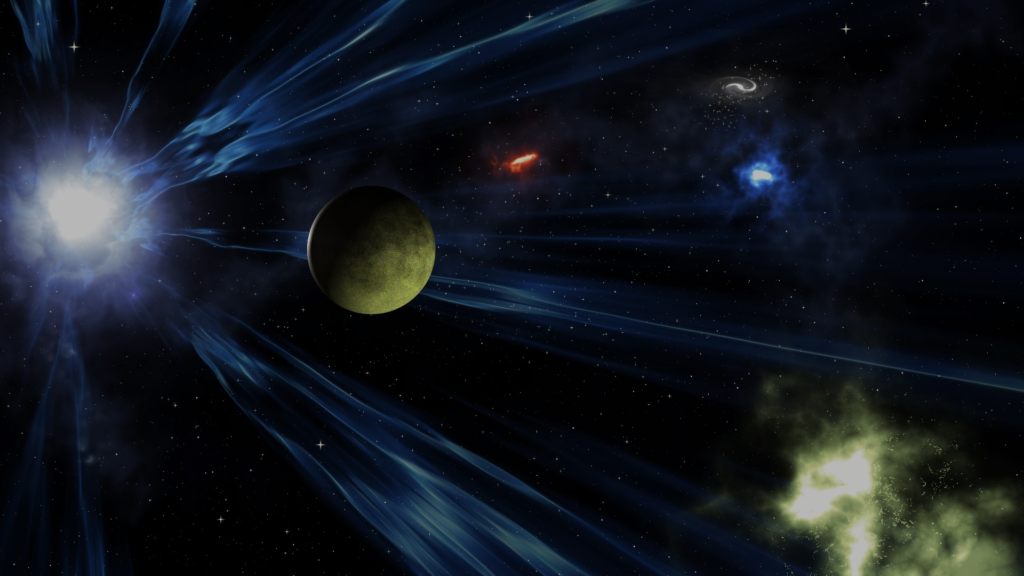## A Journey Through the Milky Way Galaxy: Its Structure and Wonders
Have you ever looked up at the night sky and felt a sense of awe, wondering about the vastness of space and the celestial bodies scattered across the inky blackness? That shimmering band of light arching across the heavens? That’s our home – the Milky Way Galaxy! This blog post will take you on a fascinating journey through its structure, its wonders, and the mysteries it still holds. Get ready for a cosmic adventure!
### 1. The Milky Way: A Cosmic City of Stars
Imagine a sprawling city, but instead of buildings and roads, it’s filled with billions upon billions of stars, gas clouds, and dust. That’s the Milky Way. Our galaxy is a barred spiral galaxy, meaning it has a central bar-shaped structure of stars, from which spiral arms extend. Think of it like a giant pinwheel, with our Sun residing somewhere in one of those spiral arms, about two-thirds of the way from the center. This central bar is incredibly dense, containing many older stars.
The spiral arms themselves are regions of intense star formation, where gas and dust collapse under their own gravity to create new stars. These arms aren’t rigid structures like spokes on a wheel; they rotate slowly, like waves propagating through the galaxy. This rotation explains why the arms are visible – they’re regions of higher star density, making them appear brighter.
### 2. Exploring the Galaxy’s Components
The Milky Way isn’t just stars. It’s a complex ecosystem composed of several key components:
* **The Galactic Bulge:** The central, bulging region of the galaxy, containing mostly older stars and a supermassive black hole at its heart – Sagittarius A*. This black hole, millions of times the mass of our Sun, exerts a powerful gravitational influence on the entire galaxy.
* **The Galactic Halo:** A spherical cloud of gas, dust, and globular clusters (dense groupings of very old stars) that surrounds the galactic disk. The halo contains some of the oldest stars in the Milky Way, providing clues to the galaxy’s early history.
* **The Galactic Disk:** This flattened, rotating structure contains the spiral arms, gas clouds, young stars, and most of the galaxy’s visible matter. Our solar system resides within this disk.
* **Dark Matter:** While we can’t see it, dark matter makes up a significant portion of the Milky Way’s mass. Its gravitational influence holds the galaxy together, preventing it from flying apart. Scientists are still working to understand the nature of dark matter.
### 3. Our Place in the Milky Way
Our Sun, a relatively ordinary star, is located in a minor spiral arm called the Orion Arm, approximately 26,000 light-years from the galactic center. It takes our Sun around 230 million years to complete one orbit around the Milky Way’s center. This period is known as a galactic year!
We can observe the Milky Way’s structure from our vantage point within it, but getting a complete picture is challenging. Imagine trying to map a city while standing in the middle of a busy street – it’s hard to see the overall layout! Astronomers use various techniques, including radio waves and infrared observations, to pierce through the dust and gas and map the entire galaxy.
### 4. Mysteries and Future Discoveries
Despite our significant advancements in astronomy, many mysteries about the Milky Way remain:
* **The nature of dark matter:** What exactly is this mysterious substance that makes up most of the galaxy’s mass?
* **The formation and evolution of the galaxy:** How did the Milky Way form, and how has it changed over billions of years?
* **The search for extraterrestrial life:** Are there other planets within the Milky Way harboring life?
Ongoing research using advanced telescopes like the James Webb Space Telescope promises exciting new discoveries about our galaxy.
### 5. Look Up and Explore!
The Milky Way Galaxy is a breathtaking testament to the grandeur of the universe. This journey through its structure and wonders has hopefully sparked your curiosity. Grab a star chart, find a dark location away from city lights, and try to spot our galaxy stretching across the night sky. Share your thoughts and observations in the comments below! And for more in-depth exploration, consider visiting websites like NASA’s website or searching for documentaries on the Milky Way. The universe is waiting to be discovered!


